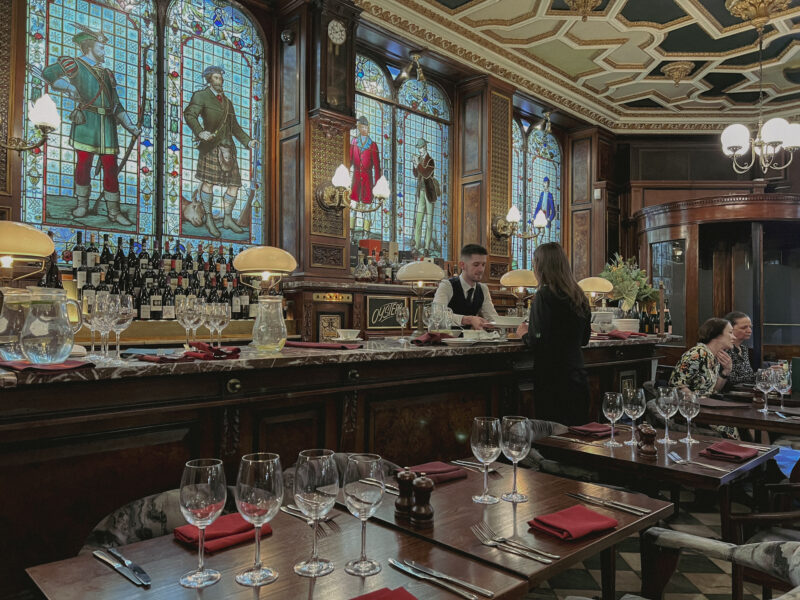7 must do’s in Scotland
Scotland is a great travel destination. The land of glens, lochs and whisky has so much to offer that you can't visit and explore everything in one trip. Other than the classic stops at Edinburgh, Loch Ness and Glencoe, there are numerous unmissable experiences that will make your trip even more memorable. Here are some of my favorites.
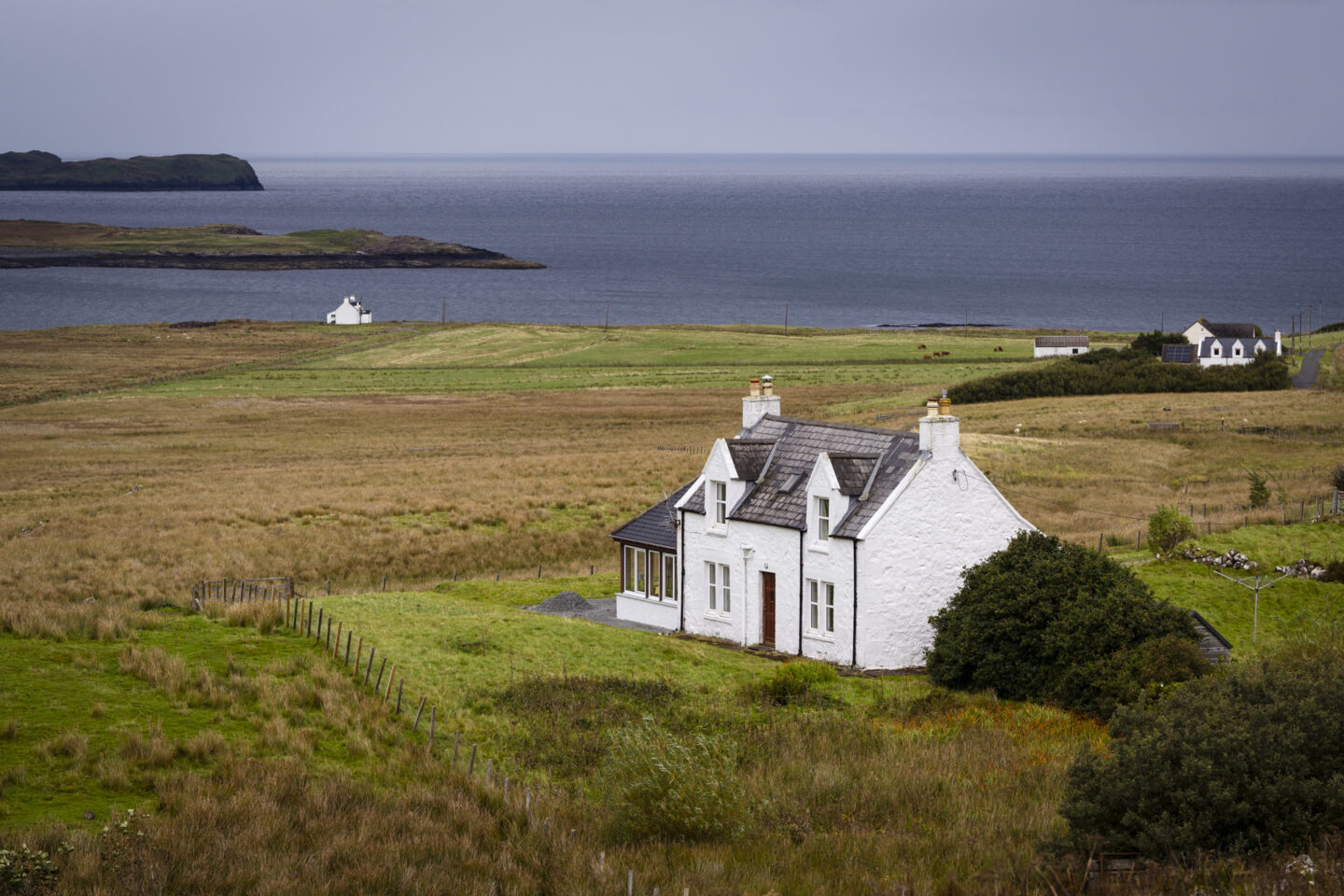
Must do 1: visit a tartan mill
What is tartan?
Tartan is the checkered pattern fabric from which kilts are made. It is synonymous with the Scottish Highlands, but the fabric was already worn by the Ancient Celts and other European people during Roman times. Tartan used to be mainly worn in the Scottish Highlands, where after the failed Jacobite Uprising of 1745, all symbols of Scottish national identity were banned, including the tartan.
Tartan patterns are strongly associated with clans, families and societies but this is a recent phenomenon. Before the 19th century, the use of colors was determined by the natural dyes that were locally available. Thus, tartans were more associated with a region. In the mid-19th century, under the influence of Queen Victoria and Prince Albert of Saxe-Coburg and Gotha, there was a resurgence of Scottish nationalism and a new interest in the culture and dress of the Highlands.
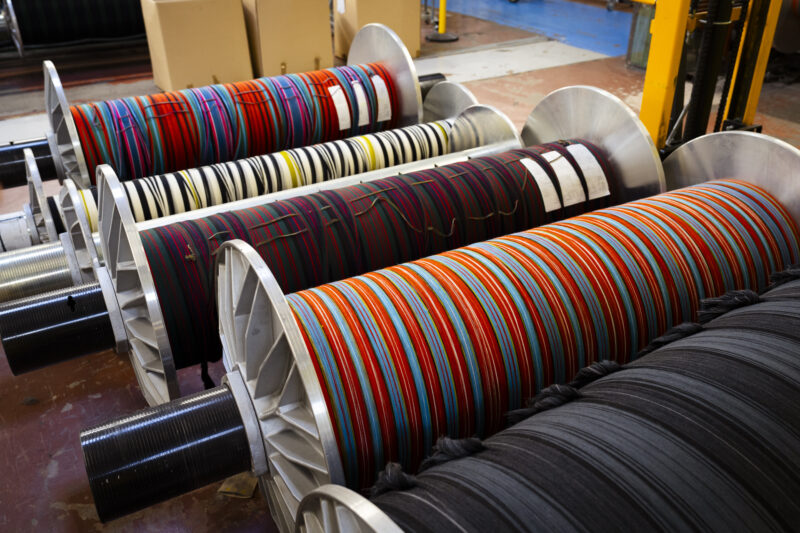
Lochcarron
A visit to Edinburgh will inevitably take you past numerous souvenir shops offering cheap tartan scarves and clothing. If you’re looking for the finest tartan fabrics, then you must visit the house of Lochcarron.
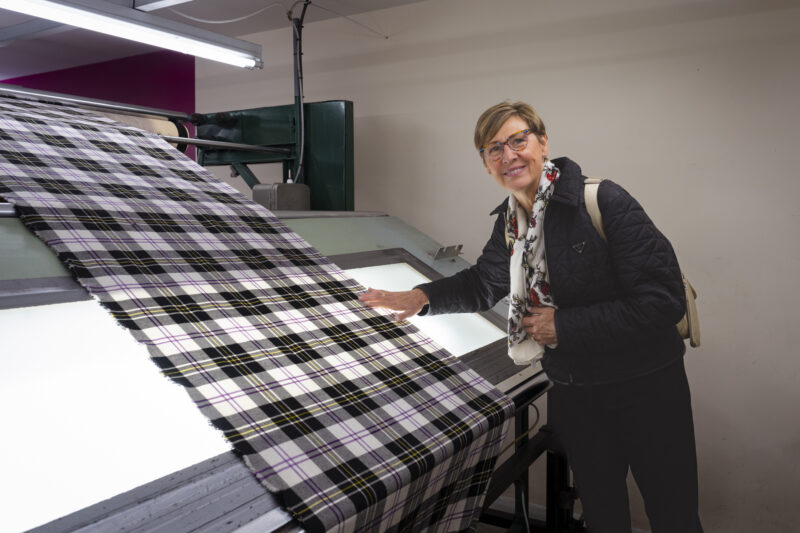
Lochcarron is the world's leading manufacturer of tartan. The weaving mill has more than 700 designs in its portfolio and works with fashion houses such as Chanel and Burberry. You can visit the mill and see for yourself how the horizontal and vertical bands of colored wool are woven together. Would you like to have your own tartan? No problem. At Lochcarron, experts will help you turn your imagination into a beautiful tartan pattern. You can also have scarves and garments custom-made with the tartan of your choice. The mill with its adjacent store is located in Selkirk, 60 km south of Edinburgh. You can also visit Lochcarron Heritage Shop in Wester Ross, located in the Highlands along the North Coast 500 route.
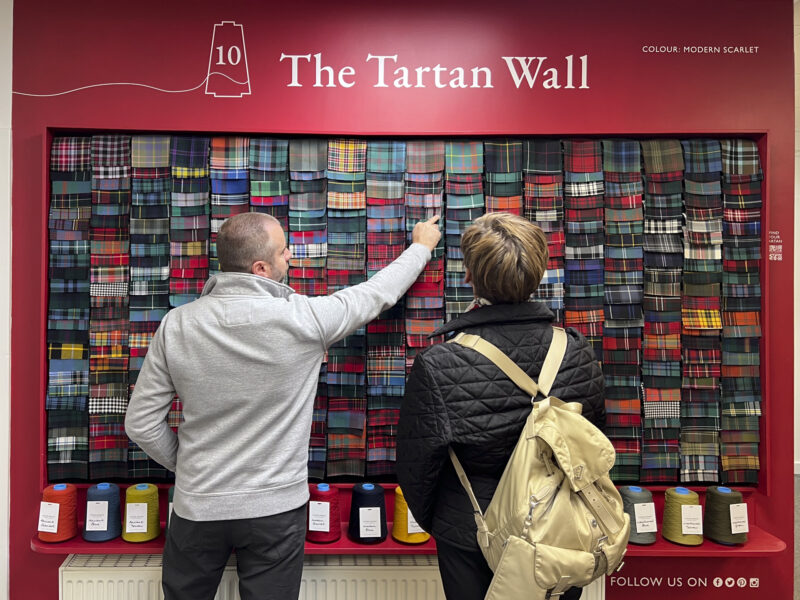
Must do 2: visit a sheepskin tannery
In the late 19th century, arable farming became unsustainable, and many Highland estates made the switch to sheep farming. This marked the beginning of the great Clearances of the Highlands. In the year 1792, the Year of the Sheep, there was a full-blown migration, mostly forced, of Highlanders to Canada and the United States. The region became deserted and to this day, there are more sheep than people in the Highlands of Scotland.
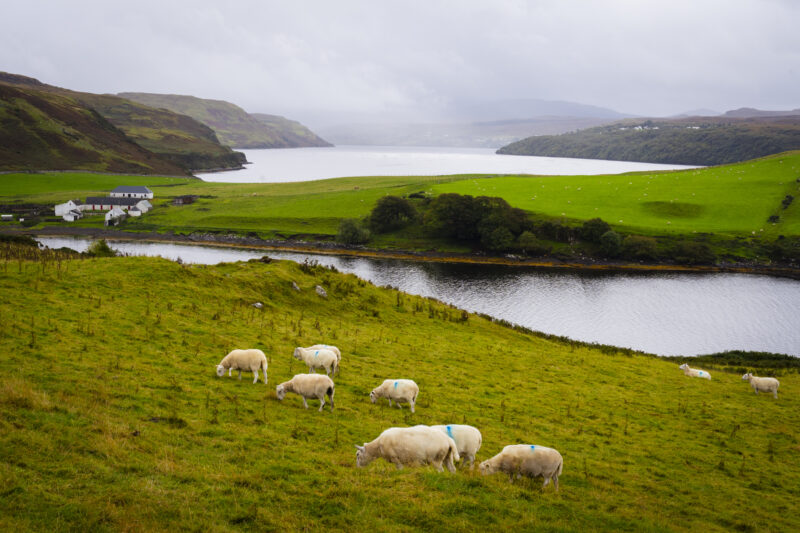
Skyeskyns
Clive and Lydia Hartwell, crofters on the Isle of Skye, were shocked to learn that sheep skins ended up as local landfill. They looked for a way to treat and preserve the skins, and in 1983 founded Skyeskyns, the only remaining wool-on-leather tannery in Scotland.
Fast forward 40 years. Daughter Jess runs the family business that has since become widely known for high-quality, artisan sheepskins, leather goods and wool items.
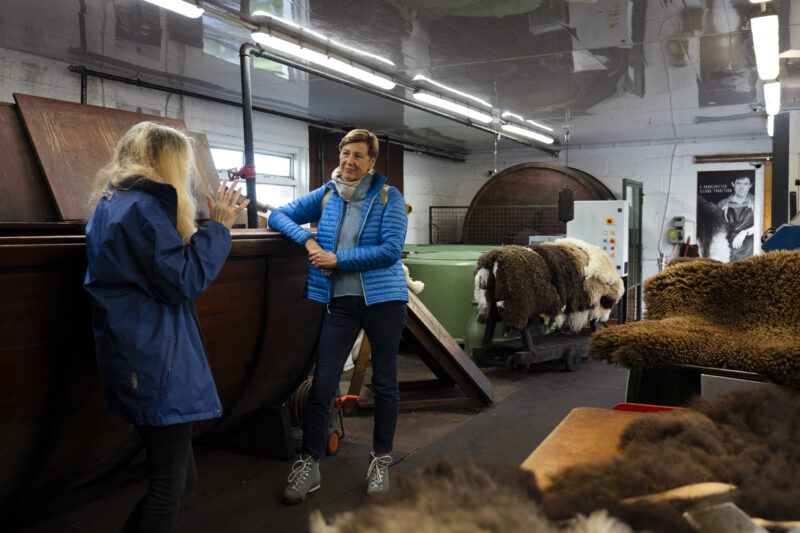
We visit the small workshop, where the skins are still 100% manually produced. During the free tour, we see all 12 steps of the 3-week tanning process. We see tools like the beam and paddles, the brine bath, the racks and Ailsa Craig's granite buffing stone. We touch the wool at every stage and feel how the various steps of tanning transform the rough hide into a soft, hand-combed sheepskin.
It's time to visit the showroom. We learn more about the different breeds and choose a sheepskin from the local Hebrides that we will treasure at home for years to come.
Skyeskyns also has a stylish boutique in the town of Portree and an online shop.
Must do 3: visit a ceramics studio
The tranquility and overwhelming nature of the Scottish Highlands make it the ideal place to let your creativity run wild. It is not surprising that even along the most deserted roads you can find studios of painters, weavers, potters, photographers and jewelers. During our stay on the Isle of Skye, we enjoyed a delicious meal at Edinbane Lodge . The dishes were presented on plates from the local ceramist, so we decided to go and have a look.
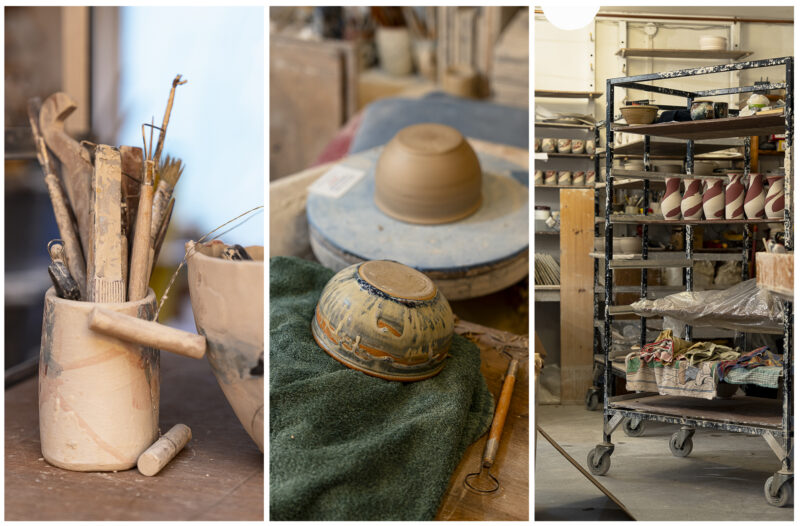
Edinbane Pottery
Stuart and Julie of Edinbane Pottery have been producing handmade pottery, tableware and individual pieces of ceramics since 1971. Each of their collections features a theme from nature. The Blue Waves collection features the ever-changing colors of the sea. In the popular Ebb and Flow series, you'll discover the night sky, rolling hills and deep lochs. You can watch the wheel throwing on site and choose a beautiful piece of pottery from the gallery as a souvenir. If you travel by plane, Edinbane Pottery will gladly ship your favorite piece to your home.
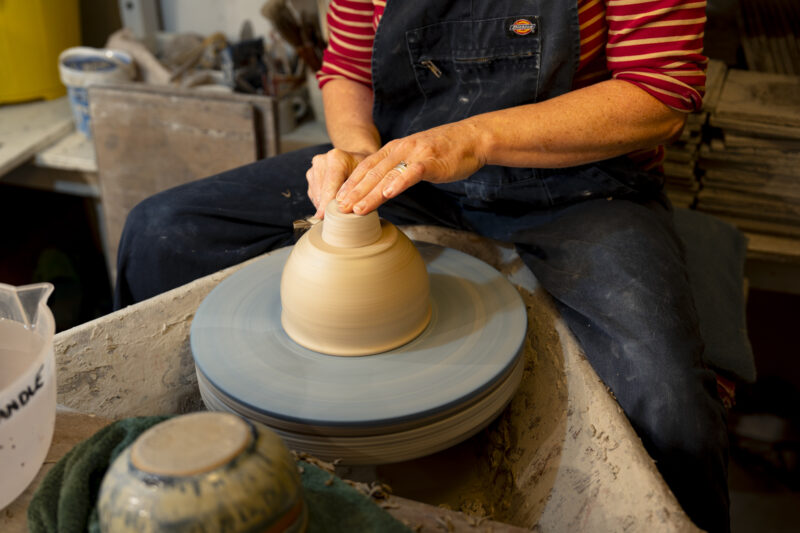
Must do 4: admire the Kelpies
On the road from Stirling to Edinburgh, you will pass two 30-meter-high steel structures shaped like horse heads. These are the Kelpies, the masterpiece of world-renowned Scottish artist Andy Scott. The stunning structures are an ode to local history and the lost industries of modern Scotland. The sculptures are modeled after Baron and Duke, two real-life Clydesdale horses.
Clydesdale horses
Clydesdale horses were the powerhouses of farms and emerging industries in the early 20th century. The native Scottish breed is known for its strength and endurance. The horses were used to plow fields, pull carts, deliver goods and even pull boats across the Forth and Clyde Canal. As industrialization took over, the use of horse and carriage disappeared, but to this day Clydesdale horses are still honored in the Falkirk area.
Kelpies
The immense metal work of art is known as the Kelpies and refers to Scottish history and folklore. Kelpies are shapeshifting, mythical creatures that live in the water. They usually take the form of a horse and take their rider to the depths of rivers and lochs where a sure death awaits him. Nessie, the Loch Ness monster, is the most famous kelpie.
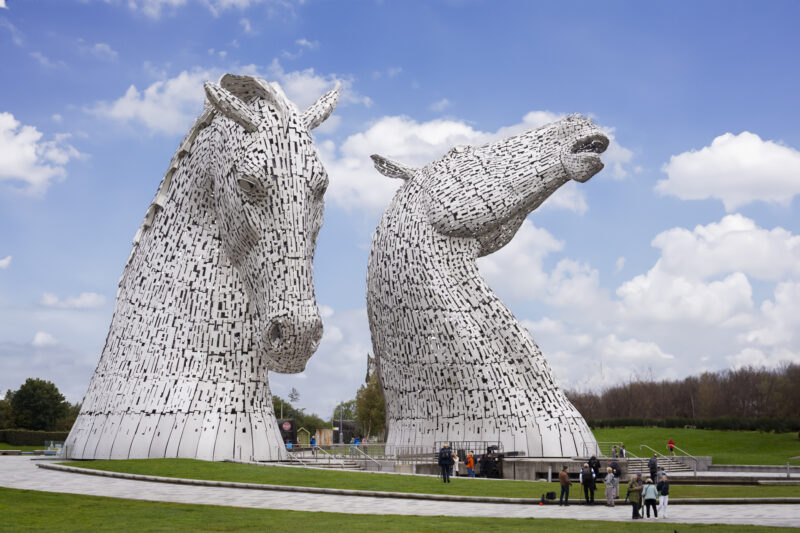
Must do 5: Visit a distillery
Whisky has been the national drink of Scotland for centuries. Whisky traces its origins to the Ancient Celts who already distilled a spirited drink they called the water of life. During the Middle Ages, the monks installed equipment to distill the abbey’s own whisky. With the taxation of whisky in the 17th century, production went underground, and illegal distilleries popped up everywhere. Thanks to deregulation and changes in the tax code in the 19th century, legal whisky production picked up again. The process was further perfected, and whisky took on smoother flavors.
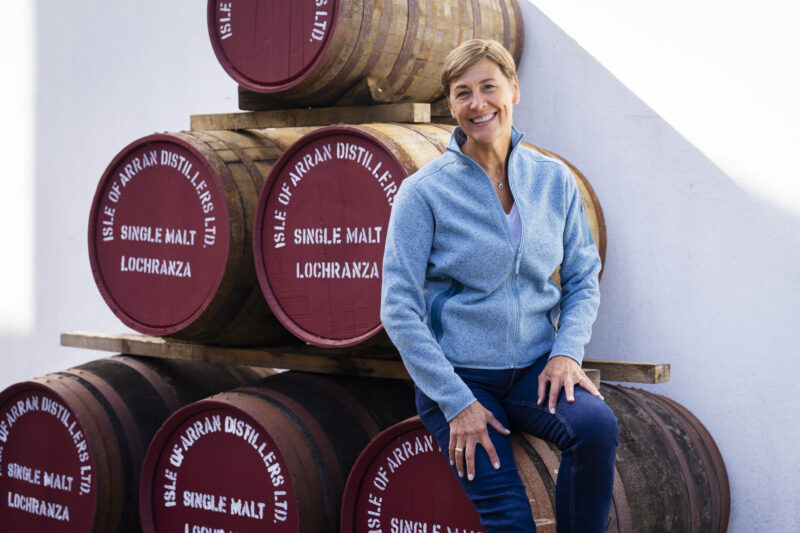
Wherever you travel in Scotland, you are sure to come across a distillery. Scotland has more than 100 distilleries and they are spread across 5 regions. Speyside and Highlands take the lion's share with 80 distilleries. There are also the Lowlands, Islay and Campbeltown regions.
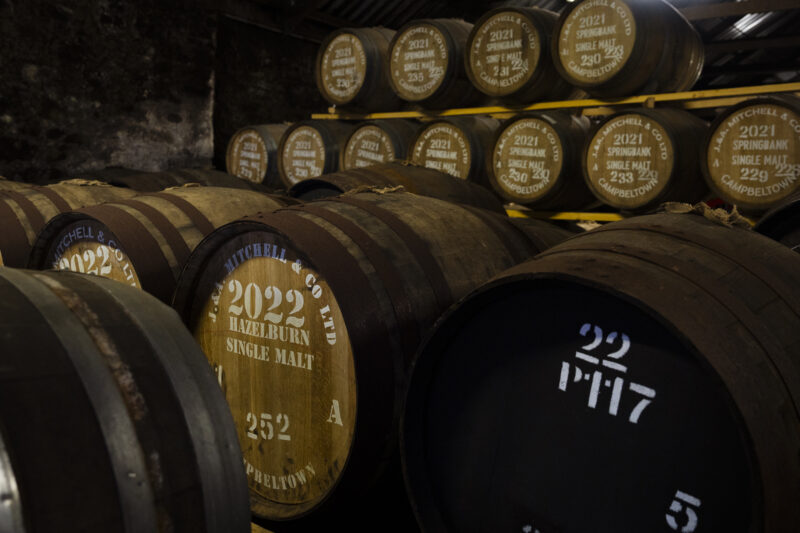
During your visit to a distillery, you will learn all about whisky: its history, the production process, the different types and, of course, its taste. A visit to a whisky distillery is no different from a champagne house. The tour is followed by a tasting, followed by a visit to the shop, where you can buy the golden nectar.
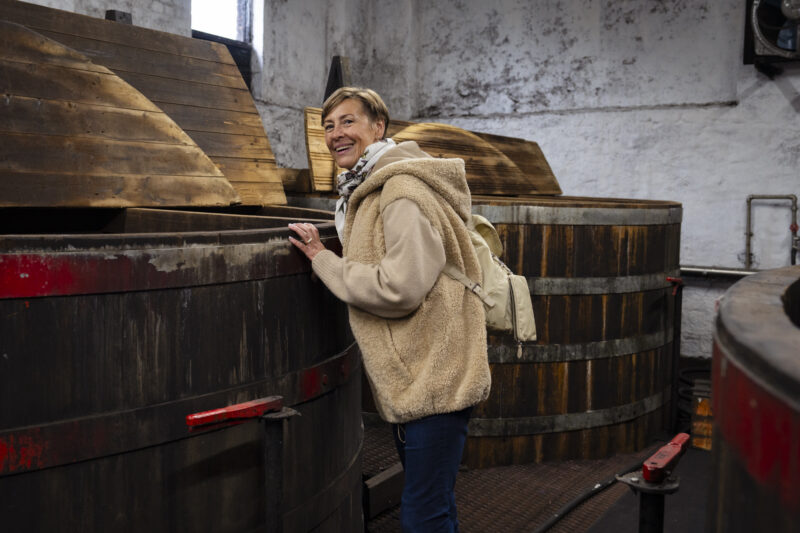
We visited the Talisker distillery on the Isle of Skye and Springfield on the Kintyre Peninsula. Springfield is one of 3 distilleries in the Campeltown area and is unique in several ways. In my blog about Kintyre I will tell you all about it.
Before visiting a distillery, I recommend that you reserve your spot on the tour online.
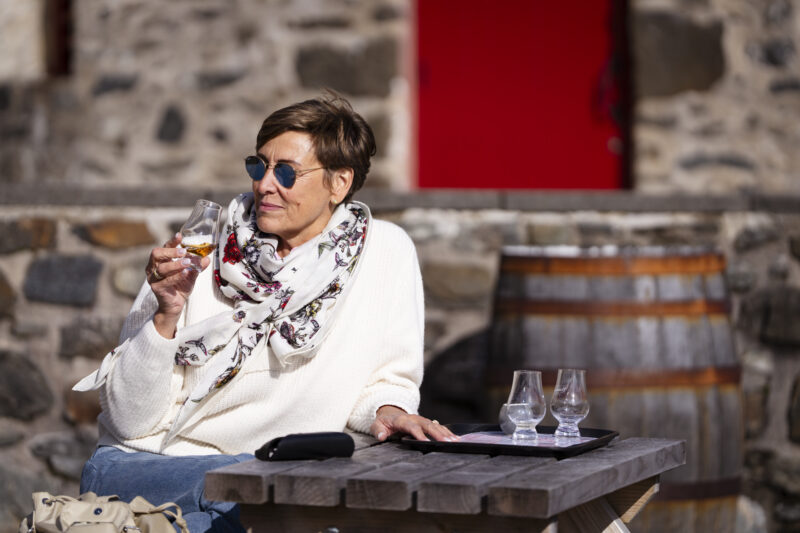
Must do 6: island hopping
A visit to the Hebrides Islands along the west coast of Scotland is an absolute must. The islands have a rich history, breathtaking scenery and are easy to get to. Hop on and off the Caledonian MacBrayne Ferry, which is the lifeline to the islands. The ferry sails from Oban to almost all the islands but there are also connections between them. Make early reservations if you travel by car, because availability for cars is sometimes limited.
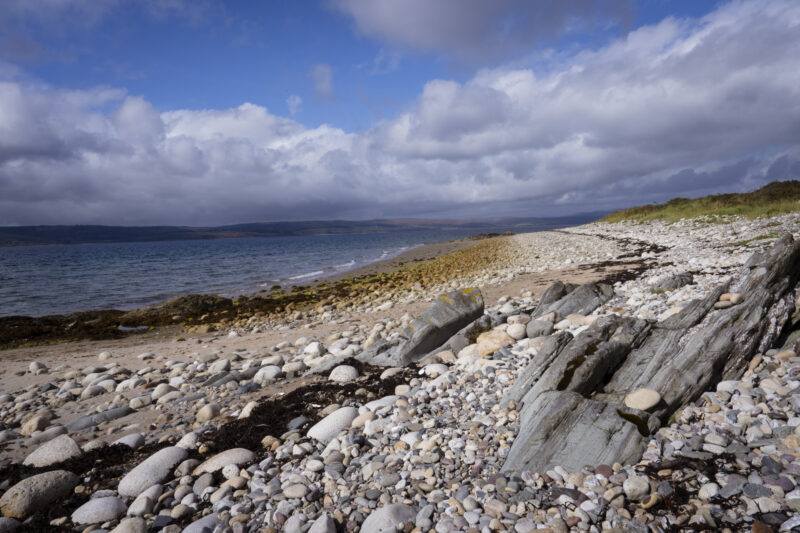
The most popular Hebridean islands
Mull
The sparsely populated Mull is almost untouched by modern civilization. Nature is magnificent and the cheddar delicious.
Iona
Tiny Iona is first and foremost a place of pilgrimage. It is the birthplace of Christianity in Scotland and the place where St. Columba founded his abbey.
Jura
The island of deer is sparsely populated, has stunning scenery and a whisky distillery.
Arran
Arran is Scotland in miniature and a destination for foodies. On the scenic island, the Lochranza distillery produces an excellent single malt. Travel back in time and visit the standing stones of Machrie Moor that date back to 3500 BC.
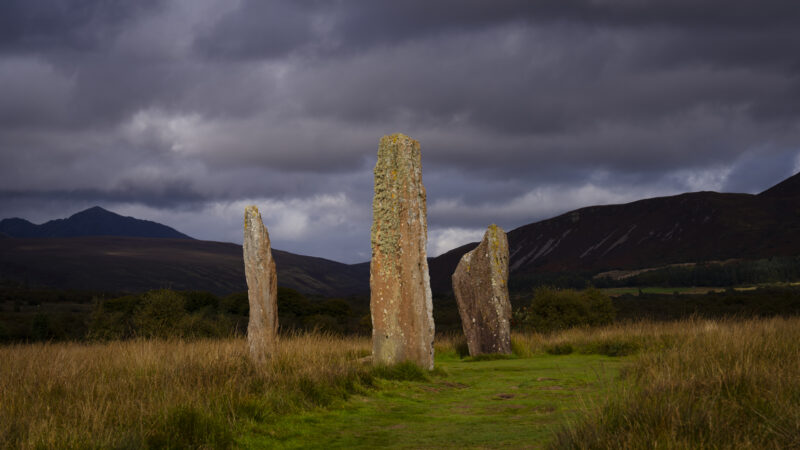
Islay
Idyllic Islay is whiskey heaven. Here you will find the typical peaty single malts produced by the 9 distilleries. Islay’s landscape is overwhelmingly beautiful, and its people still live very traditional lives.
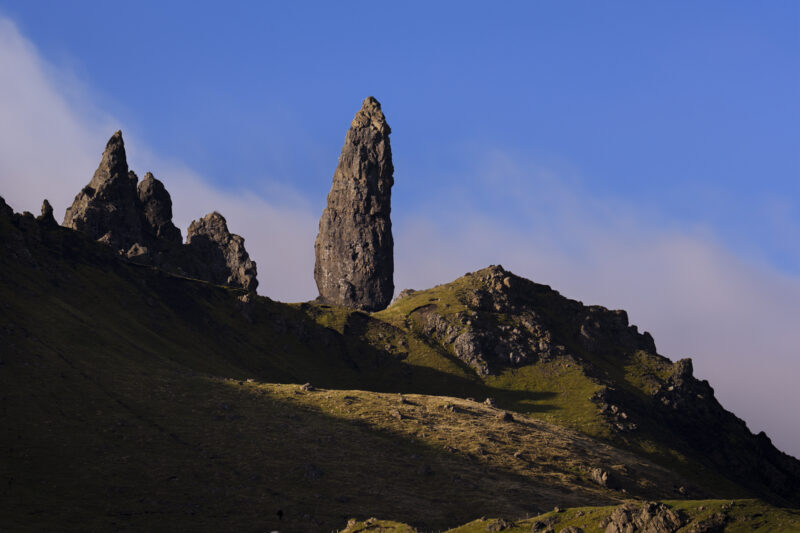
Skye
If you can only visit one island, let it be Skye. The large island with its rugged countryside and bare mountains is a mecca for hikers. There are also castles, small and cozy fishing ports and fantastic food.
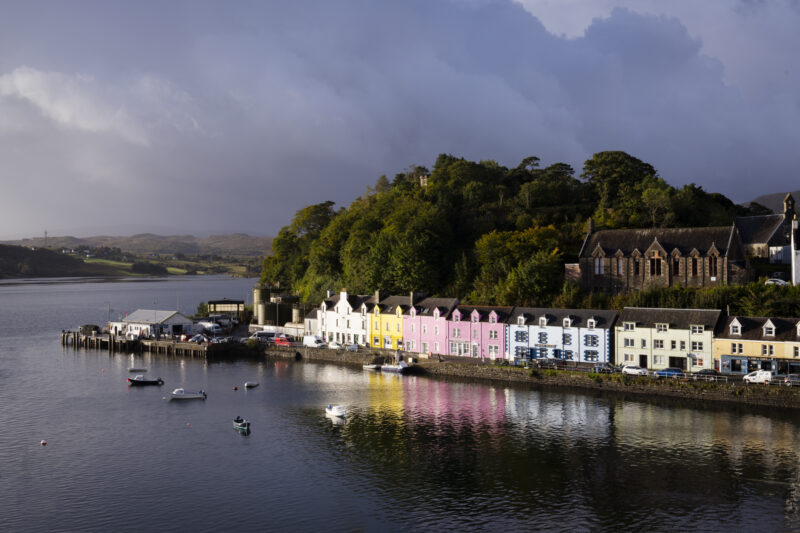
Must do 7: eat haggis
Haggis is the national dish of Scotland and many wince at the idea of eating it. Haggis is a kind of pudding made with organ meat from sheep and lamb; not immediately your first choice on a night out. Haggis used to be prepared in a sheep’s bladder but that is no longer the case. There are now even vegetarian versions of haggis.
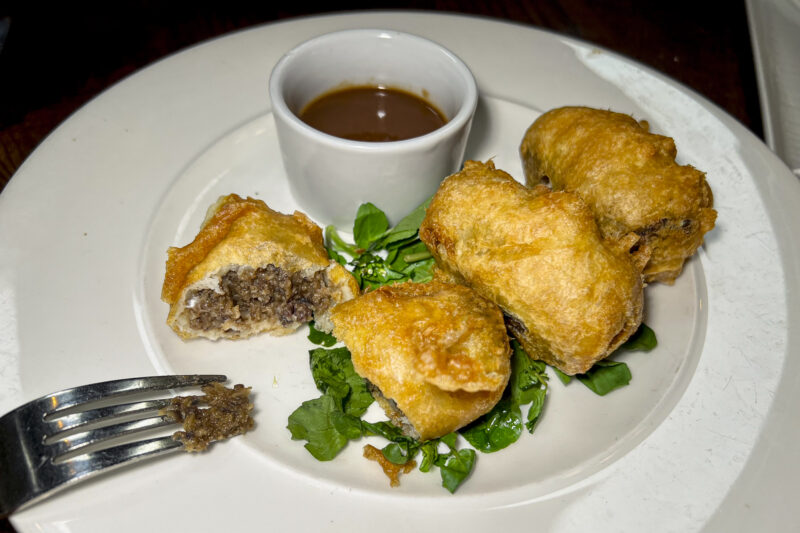
As a foodie and blogger, I couldn't leave Scotland without tasting haggis. Haggis, neeps and tatties is the most traditional dish featuring haggis. In this dish the pudding is served with a purée of parsnips and potatoes. I was a little more careful in my choice and ate crispy haggis croquettes. The typical Scottish appetizer is a perfect first introduction to haggis.
Some of the best addresses for haggis in Edinburgh are The Haggis Box, The Witchery and The Arcade Haggis and Whisky House.
